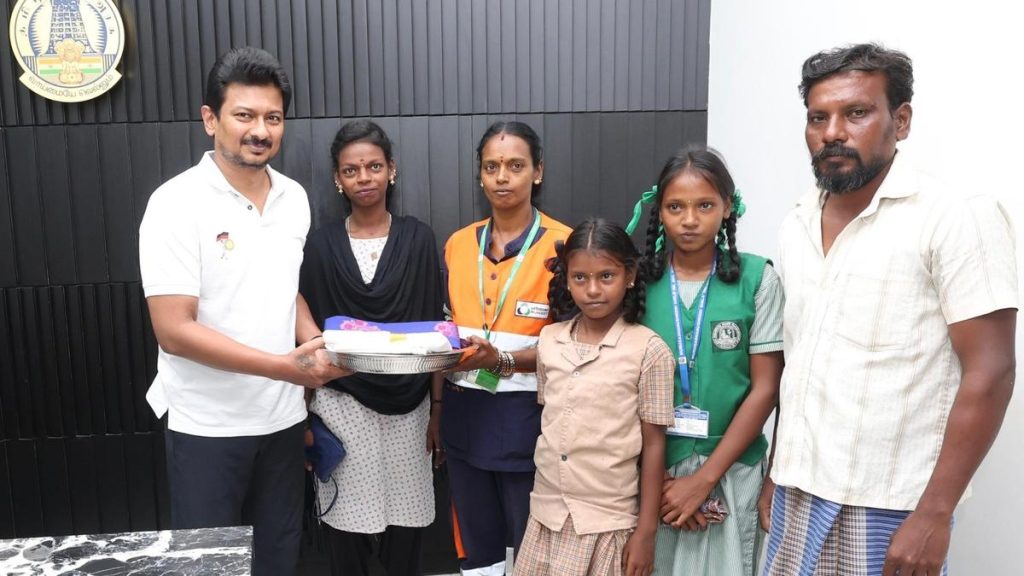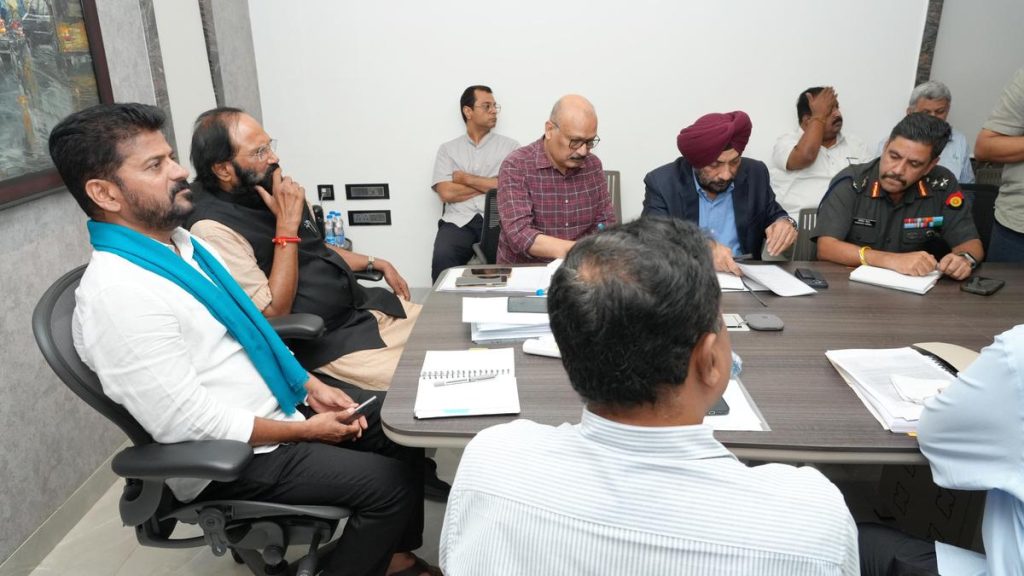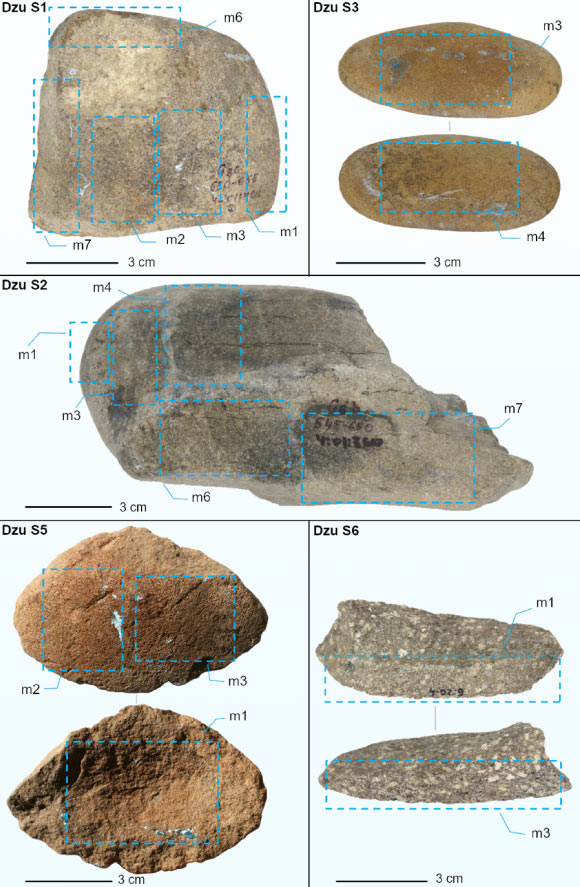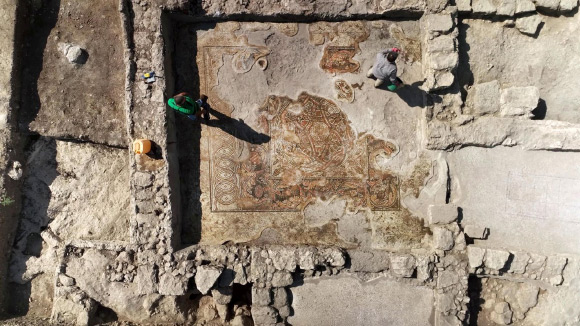Now Reading: New Study Unveils Hidden Traits of Burgess Shale Trilobites
-
01
New Study Unveils Hidden Traits of Burgess Shale Trilobites
New Study Unveils Hidden Traits of Burgess Shale Trilobites
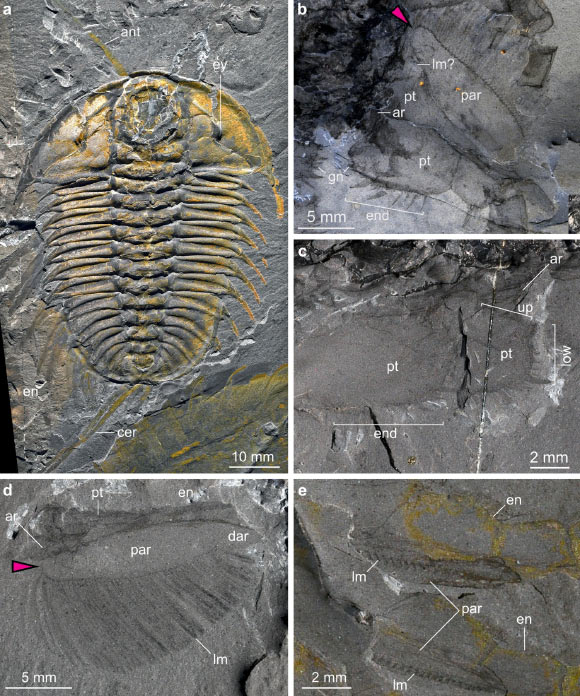
Quick Summary
- Subject of Study: Teh cambrian trilobite species Olenoides serratus,preserved in the Burgess Shale fossil deposits.
- Significance of Fossils: Unique specimens with soft tissue preservation provide insights into ancient arthropod appendages and their functionality.
- Study Details:
– Researchers analyzed 156 limbs from 28 fossil specimens to infer movement and function.
– Sophisticated 3D digital models were created based on flattened fossil images to reconstruct limb morphology in three dimensions.
- Findings:
– Unlike horseshoe crabs, which have alternating joint specialization for flexing/extending, Olenoides serratus had simpler but effective limb designs for walking, burrowing, feeding, and mating.- Male trilobites exhibited specialized appendages for reproduction; all legs featured gills for breathing.
- Comparison with Modern Analogues: Range of motion measurements compared Olenoides serratus‘ appendages with those of horseshoe crabs (Limulus polyphemus), revealing significant differences despite previous comparisons due to habitat similarities.
- Trace Fossil Insights: Trilobites coudl maneuver efficiently through sediment by using specialized movements like raising their bodies above the seafloor.
Indian Opinion Analysis
The findings about Olenoides serratus‘ appendage functionalities shed light on evolutionary adaptations that influenced survival in early marine ecosystems. the work highlights the critical importance of well-preserved fossils for reconstructing biological functions otherwise lost over millions of years. for India – a country actively involved in biodiversity research – this study reinforces the significance of global paleontological collaboration to deepen our understanding of life’s history. These advancements may pave new ways to interpret India’s own rich paleontological heritage in regions like Spiti Valley or Rajasthan’s Jaisalmer Basin.
Moreover, bridging ancient species’ behaviors with modern analogues offers researchers a blueprint applicable not only to evolution studies but also ecological modeling today-where lessons from adaptive strategies can inform conservation frameworks globally. This underscores a broader scientific value relevant across borders.


